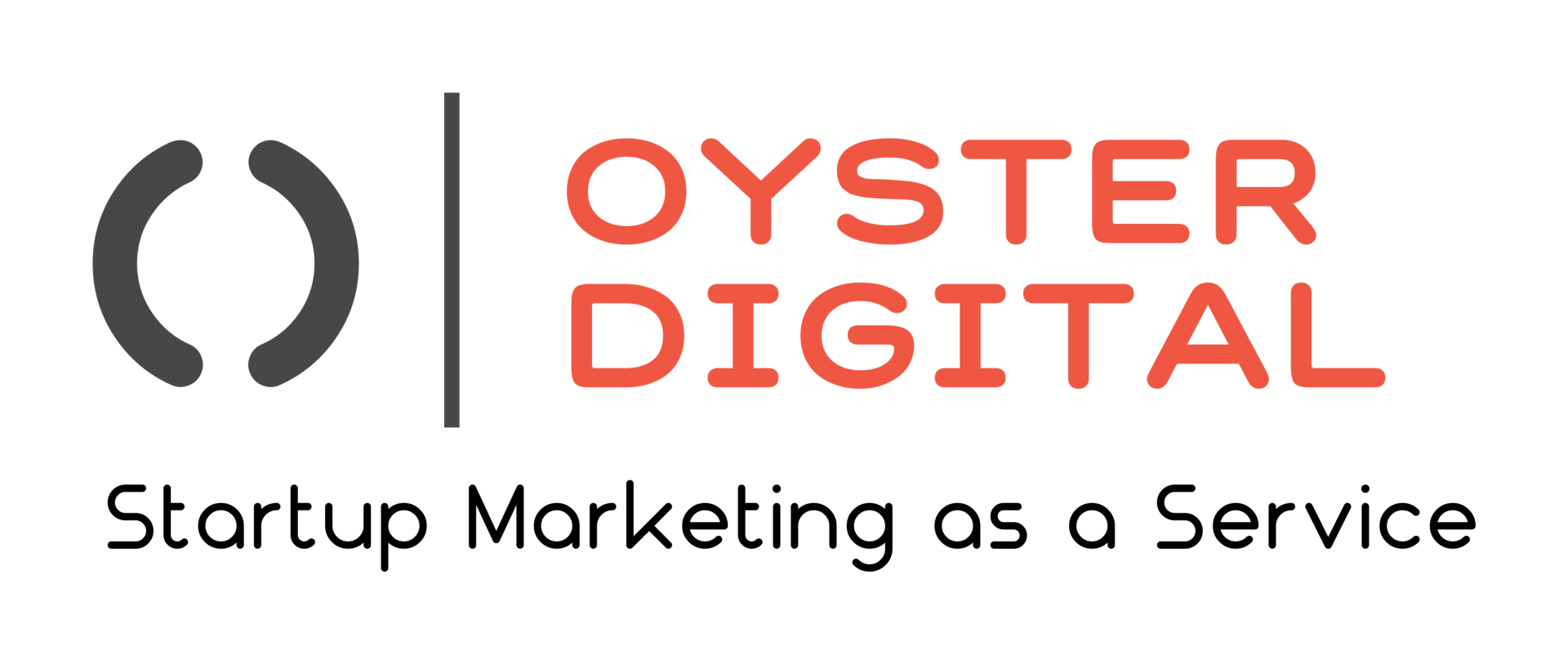B2B Paid Campaigns on Social Media: Choosing the Right Approach
Jun 06, 2023
Finding the Perfect Strategy for B2B Paid Campaigns on Social Media
Paid campaigns on social media have long been recognized as an effective tool for reaching and engaging target audiences in B2B marketing.
However, with targeting capabilities rapidly evolving, becoming smarter and more automated, tech B2B companies face a dilemma: should they spend time manually searching and defining their target audience or rely on innovative algorithms that do the targeting for them?
By exploring the pros and cons of these approaches, you'll discover how to create remarkable paid campaigns for B2B companies.
Direct Audience Targeting
This approach emphasizes personalization and laser-focused targeting to maximize results. By tailoring your campaigns to specific audience segments, you can provide a personalized experience that resonates with your prospects.
This approach offers several advantages.
- It increases the chances of conversions and lead generation, as you directly address the pain points and preferences of your target audience.
- By reaching the most relevant prospects, you can achieve higher engagement rates and build trust and credibility with your potential customers.
However, this approach also has challenges.
- Extensive audience research and targeting are required, which can be time-consuming and resource-intensive.
- Focusing too narrowly on the target audience may limit your reach to a smaller pool of prospects. This may result in missing out on valuable opportunities outside your predefined segments. It's crucial to strike a balance between personalization and scalability when adopting this approach.
Algorithm-based Audience Learning
In this approach, you give the algorithm free rein to optimize targeting and reach. By leveraging the power of algorithms, your campaigns can achieve broader reach and exposure to potential prospects. This approach also offers the opportunity to discover new, untapped audiences you may not have identified through manual targeting.
Advantage:
- One of the primary benefits of algorithm-based audience learning is its potential to optimize your budget spend. The algorithm learns and optimizes from user behavior and feedback, allowing you to allocate resources more efficiently while reaching a wider range of potential customers.
- The broad reach provides an opportunity to attract new leads and expand your customer base.
Challenges:
- With less control over target audience selection, there's a risk of irrelevant impressions and low-quality leads that may not convert into meaningful business outcomes. It can be solved by sending feedback back to the platforms, but that takes time and budget until the algorithm gets enough feedback to learn.
- Relying solely on algorithms may result in less personalized experiences for your prospects. This is particularly critical in the B2B space where building relationships and trust are paramount.
Choosing the Right Approach:
To answer this complicated question, I asked the opinion of two highly experienced B2B growth marketing experts:
Guy Rozman, Mediaflowzz Founder & CEO
" In the end, it all comes down to your goals and what you have to work with.
When you're starting out, my strong recommendation is to go for targeting options that fit your Ideal Customer Profile (ICP) the best. You want to reach the right people with the right message, so aim for a precise hit.
Once you start seeing good results, you can expand your reach by targeting the same ICP but from different angles or even consider different ICPs altogether.
Once you reach a point where you're getting steady and positive results, that's when you can start looking into the automated, algorithm-based settings. They can help you widen your reach and get your message out there even more.
Remember, take it step by step, from precise ICP targeting to broader automated strategies. Keep an eye on your campaign's performance and be ready to adapt as needed to get the best results possible".
Itay Waisman, Head of Demand Generation at Firebolt
"I am a big believer in laser focused targeting, especially if you are a small-medium start-up.
The process of identifying your ICP and creating a list of X amount of companies that are best fit to your offer will save you a lot of media budget along the road and will also help with Sales-Marketing alignment as this process should be a joint effort of those 2 departments.
Like Guy said, it’s all about your goals, if your goal is to bring, let’s say, 100 new customers this year, in front of how many companies you need to put your ads ? 500? So let’s choose the most suitable 500 companies in terms of use-case and not spend a dime on less relevant out-of-scope companies, and let’s agree on that list not only in demand gen activities but also for outbounding and other sales activities.
Not sure where I heard it but I love it: “a bad campaign targeting the right audience will always work better than a great campaign targeting the wrong people".
Final words
It is important for B2B advertisers to choose the right approach to meet their company's needs and goals as targeting capabilities become smarter and advertising becomes more automated. It is possible to build remarkable paid campaigns that adapt to changing times and seize new opportunities by analyzing the advantages and challenges of both direct audience targeting and algorithm-based audience targeting.
Contact Us
We will get back to you as soon as possible.
Please try again later.
New Paragraph
